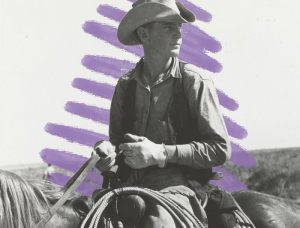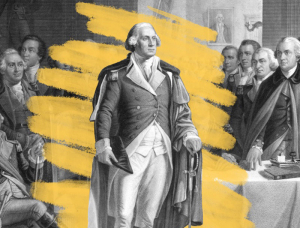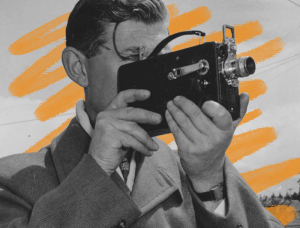Humans have been wrapping gifts since the second century.
Decorative wrapping has long been an integral part of gift-giving. Over the years, studies have shown that gift wrap can even positively influence the perception of a gift — a fact that was clearly understood in some ancient cultures. When paper first emerged in ancient China around the second century BCE, it was primarily used for wrapping medicine and delicate goods. But during the Southern Song dynasty from 1127 to 1279 CE, wrapping paper took on an intentional and meaningful role not unlike how it’s used today: Monetary gifts from the imperial court were presented wrapped in paper envelopes known as chih poh.
In Korea, wrapping gifts may have started even earlier. Records such as the Samguk sagi, a 12th-century historical Korean text, note the use of a decorative cloth known as bojagi for wrapping gifts throughout the Three Kingdoms period from 57 BCE to 668 CE; most early bojagi artifacts, however, date to the later Joseon period, from 1392 to 1910.
The Western world was much slower to embrace the practice. The proliferation of elaborately decorated Christmas cards in Victorian England led to early gift wrapping, and the tradition spread from there to the U.S., where the wrapping paper industry boomed. In 1917, while running their namesake Hallmark stationery store in Kansas City, Missouri, the Hall brothers ran out of traditional tissue paper during the Christmas season. Scrambling for a solution, they began selling decorative paper envelope liners as a replacement. The colorful sheets were a hit, and by 1919, the brothers began producing and selling their own printed wrapping paper for several occasions, transforming how we give gifts.







